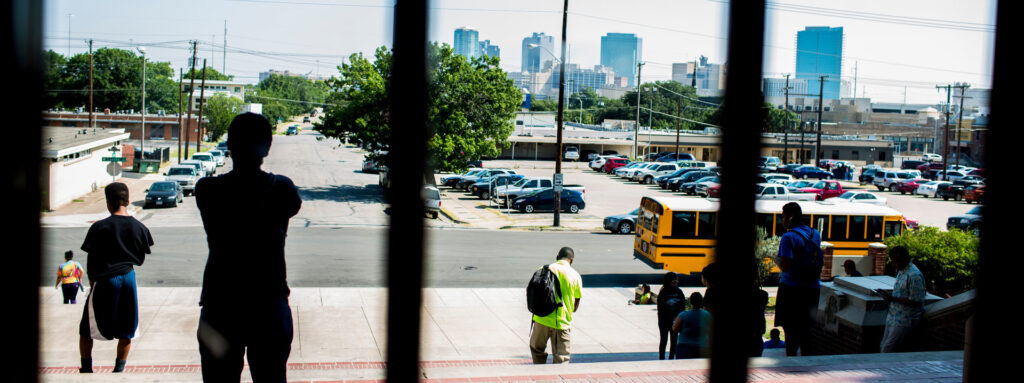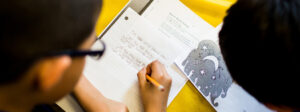In the late 1950s, Frank Rosenblatt, a Cornell psychologist and researcher, built something new: a machine that could learn in the same way that humans and other animals do, by trial and error in their encounters with their environments. His approach was counter to the prevailing wisdom in machine learning circles at the time, and produced a furious backlash in the scientific community. Funding for his work dried up, and its proponents were viewed more or less as crackpots.
But as a fascinating New York Times story explained, Google recently reprogrammed its translation tool using the principles Rosenblatt laid out decades earlier. Sure enough, the service improved as much overnight (literally) as it had in the previous decade.
Rosenblatt’s experience shows that even in an industry built on innovation, new ideas can encounter resistance that stymies progress for decades. But in Silicon Valley, these delays are ultimately just blips on the radar, overshadowed by the countless breakthroughs occurring all the time
In sectors with a less sparkling track record, the cost of lost innovation is much higher. Nowhere is that truer than in K-12 education. The foundations of our public education system—everything from the way schools are organized, to the job descriptions of teachers and principals, to the way we deliver lessons to students—have remained largely unchanged since the 19th century.
In nearly two centuries of trying, despite the heroic efforts of millions of dedicated educators, this approach has never produced a successful large school system—that is, one where nearly all students graduate from high school ready to achieve their goals in life. About 20 percent of our students don’t graduate from high school on time. Most of those who do graduate haven’t actually mastered the skills they’ll need to succeed in college or a career.
We can certainly improve on these results by executing the current approach to public education more effectively. We owe it to kids sitting in classrooms today to do just that (and, in fact, we put most of our efforts at TNTP into supporting district and charter schools using traditional models). But we’re not going to get the public schools we all want by tweaking a failed model. We desperately need our own Rosenblatts—people willing to propose truly new ideas about how we can prepare kids for our modern economy and society, and to persevere through the inevitable backlash.
Unfortunately, our field has a singular capacity to squelch new ideas and stifle innovation:
- New ideas are met initially with an unsolvable conundrum: we can’t try them because they haven’t been proven, but we can’t prove them because they haven’t been tried. Pull up the requirements to bid for almost any contract with a school district or state education department, and you’ll find a requirement about “research-proven methods.” While data-driven decision-making is laudable, there are few if any areas where research has produced a gold standard solution that just needs to be replicated.
- In the rare case that a new idea gets a shot, it runs into the implementation dodge, in which powerful interest groups who claim to support the idea on the merits “regretfully” oppose it because it doesn’t meet an impossible standard of perfection in the real world—no matter how far from perfection existing policies might be.
- There’s also death by timidity, where we water down a bold idea until it is almost indistinguishable from the status quo and declare it a failure when research inevitably shows it hasn’t made much difference. The classic example here is performance-based compensation for teachers. Is anyone surprised that experiments negotiated down to $3,000 bonuses look ineffective when weighed against compensation and benefit packages worth millions of dollars?
- When all else fails, there’s the “fight them on the beaches” approach. Relatively tepid ideas—like teacher evaluation systems based in small part on test scores that might identify single-digit percentages of teachers as ineffective—trigger a backlash worthy of a global catastrophe, all designed to frighten teachers and parents and snuff out serious policy debates.
Keep in mind, this is the typical experience with ideas that ultimately just amount to tinkering around the edges of the current system (think teacher evaluation or academic standards like the Common Core). If we can’t even give those ideas a fair shot, there’s little hope for efforts to reimagine the system itself. As it stands, who knows how much progress we’ve lost in public education because we never gave promising ideas a chance? And who knows how many innovators have been scared off entirely for fear of being branded “anti-public schools” simply for suggesting something new?
It’s natural and appropriate to view new ideas with some level of skepticism, especially when those ideas could affect millions of children (as opposed to a convenient internet tool). But how many of us in K-12 education sincerely believe that we will serve the interests of all or even most of our 55 million public school kids using our current models? If you close your eyes and imagine an education system that meets the individual needs of every single student, do you see the school systems of today? For the sake of our field and our students, we need to bring the same creativity and diligence to nurturing new ideas that we currently bring to resisting them.




